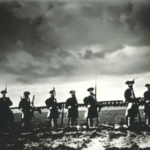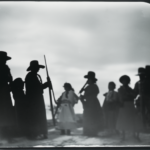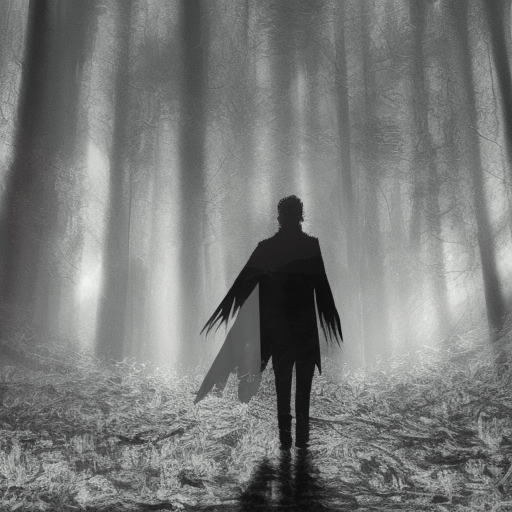Summary of “Strangers on a Train” by Alfred Hitchcock
One-line Summary:
A chance meeting between two strangers leads to a twisted pact of murder in Alfred Hitchcock’s “Strangers on a Train.”
Main Cast and Crew:
- Director: Alfred Hitchcock
- Writers: Raymond Chandler (screenplay), Czenzi Ormonde (adaptation)
- Key Actors: Farley Granger as Guy Haines, Robert Walker as Bruno Antony, Ruth Roman as Anne Morton
- Music Director: Dimitri Tiomkin
- Director of Photography: Robert Burks
- Producers: Alfred Hitchcock, Barbara Keon
Plot:
“Strangers on a Train” follows the story of Guy Haines, a successful tennis player, and Bruno Antony, a disturbed young man. The two meet on a train and engage in a conversation about their respective problems. Guy reveals his desire to divorce his unfaithful wife, while Bruno complains about his overbearing father. Bruno suggests a plan: they should swap murders, each killing the other’s problem person, thus creating the perfect alibi.
Guy dismisses Bruno’s idea as a joke, but Bruno takes it seriously and proceeds to murder Guy’s wife. Now, Bruno expects Guy to fulfill his part of the deal. Guy becomes entangled in a web of blackmail as Bruno relentlessly pursues him, threatening to expose their connection to the murders.
As the tension escalates, Guy desperately tries to prove his innocence to the police while also protecting his new love interest, Anne Morton. With the help of a determined detective, Guy must uncover Bruno’s true motives and bring him to justice before he becomes the next victim.
Themes and Motifs:
“Strangers on a Train” explores themes of duality, guilt, and the consequences of one’s actions. The film delves into the idea of the “double,” as both Guy and Bruno represent two sides of the same coin. It examines the moral dilemma of whether one can truly escape the consequences of their choices, as Guy struggles to distance himself from Bruno’s crimes.
Hitchcock masterfully employs motifs of trains and mirrors throughout the film. Trains symbolize the unstoppable forces that drive the characters towards their fates, while mirrors reflect the duality of the characters’ personalities and actions.
Reception and Legacy:
Upon its release in 1951, “Strangers on a Train” received critical acclaim for its suspenseful storytelling and Hitchcock’s direction. The film was praised for its innovative camera techniques, such as the famous tennis match sequence, which showcased Hitchcock’s ability to create tension through visual storytelling.
“Strangers on a Train” was nominated for an Academy Award for Best Cinematography and received a Golden Globe nomination for Best Director. The film’s enduring legacy can be seen in its influence on subsequent suspense thrillers, particularly in the realm of psychological manipulation and moral ambiguity.
Recommendation:
“Strangers on a Train” is a must-watch for fans of Alfred Hitchcock and lovers of suspenseful cinema. With its gripping plot, memorable performances, and Hitchcock’s signature touch, the film keeps viewers on the edge of their seats from start to finish.
Memorable Quote:
Bruno Antony: “I may be old-fashioned, but I thought murder was against the law.”












